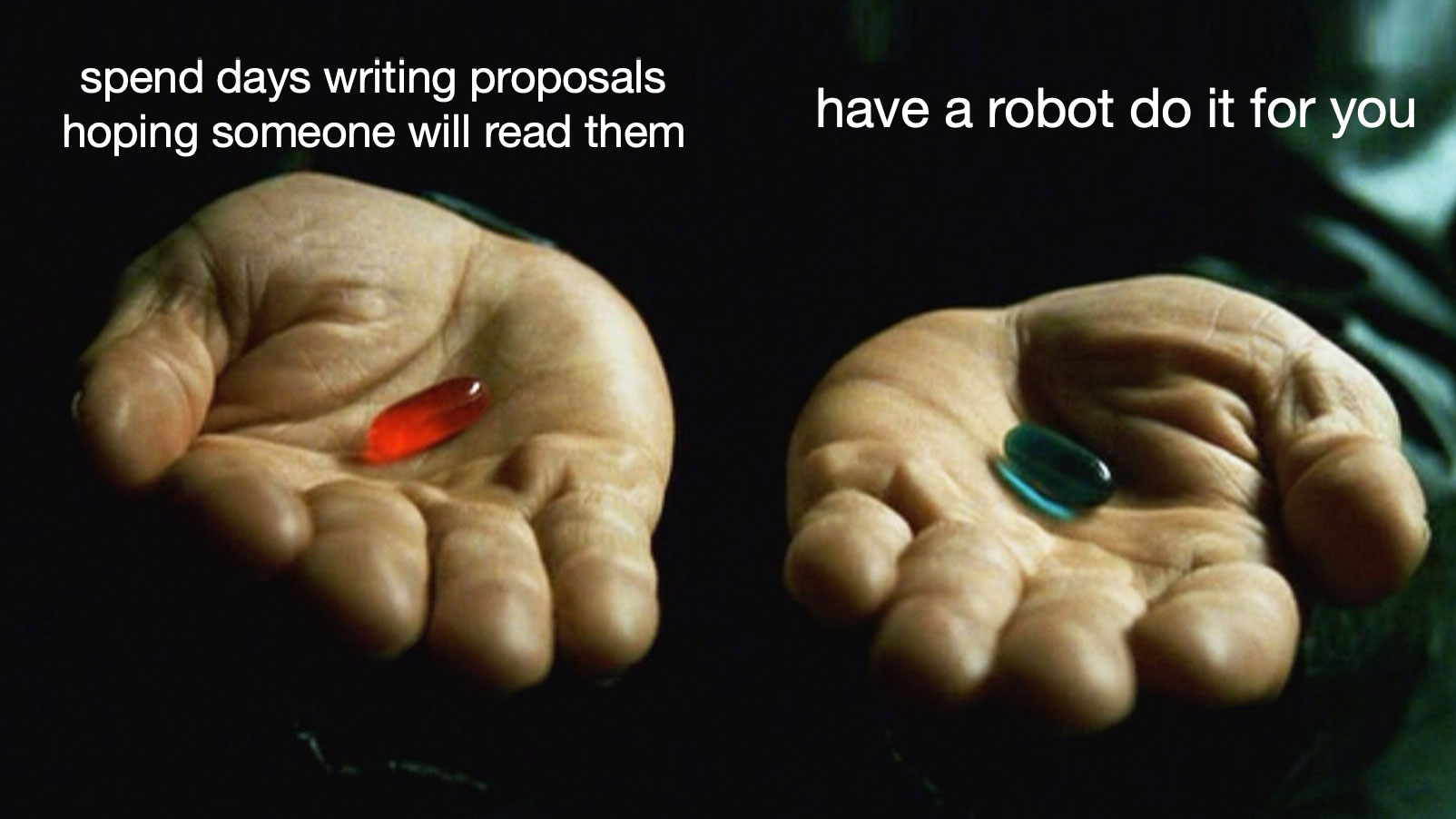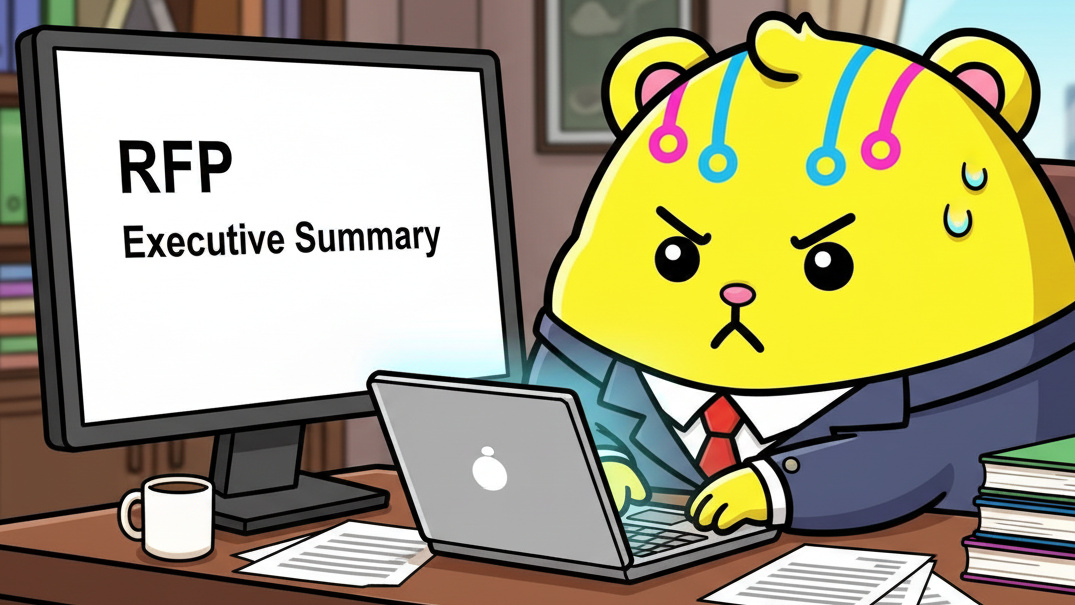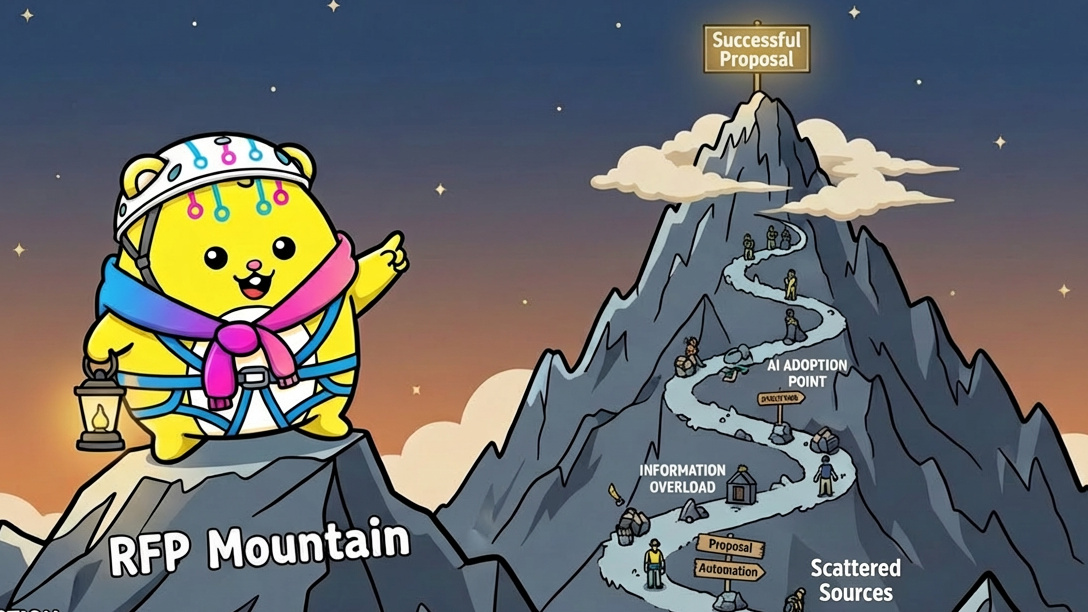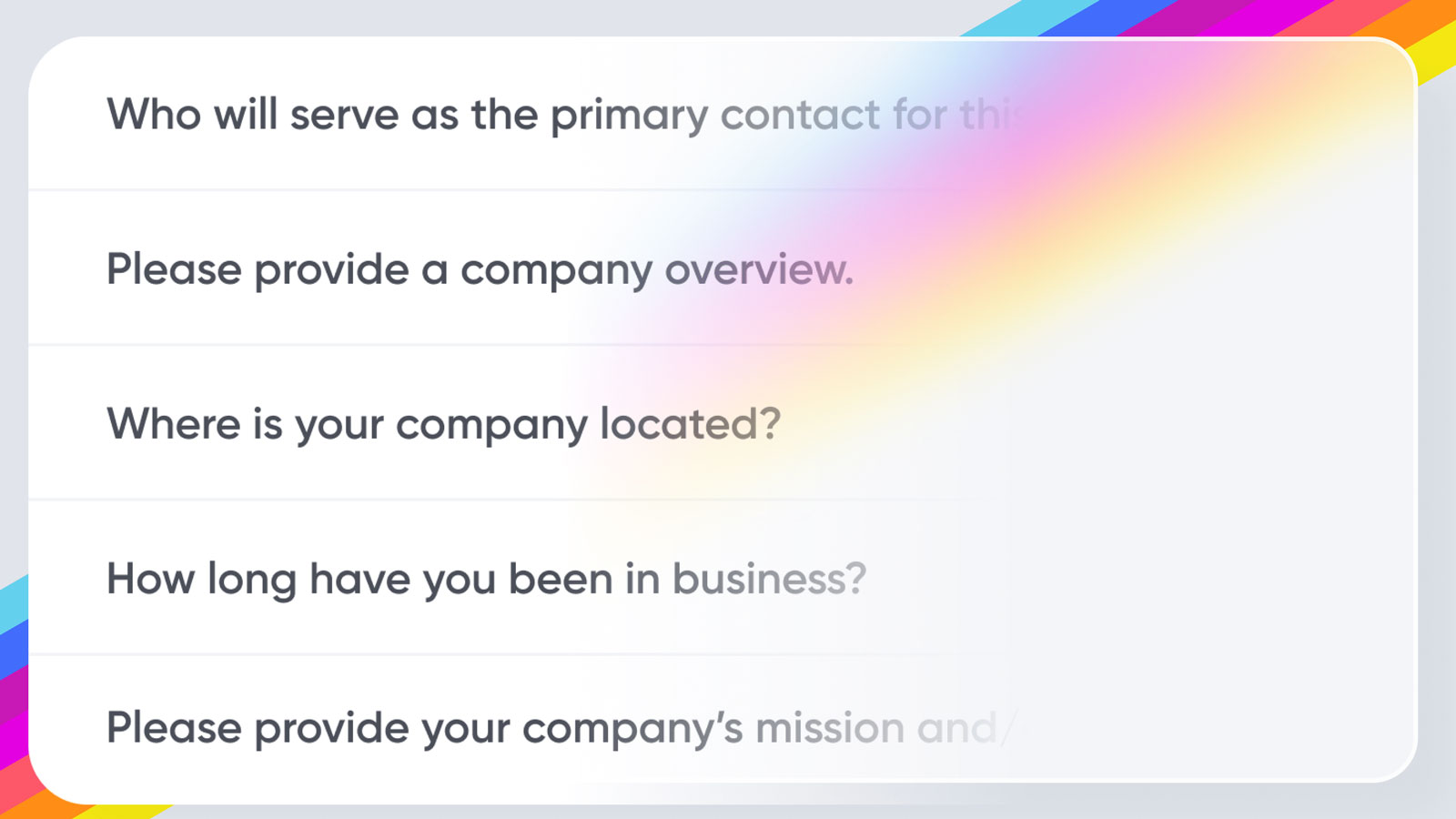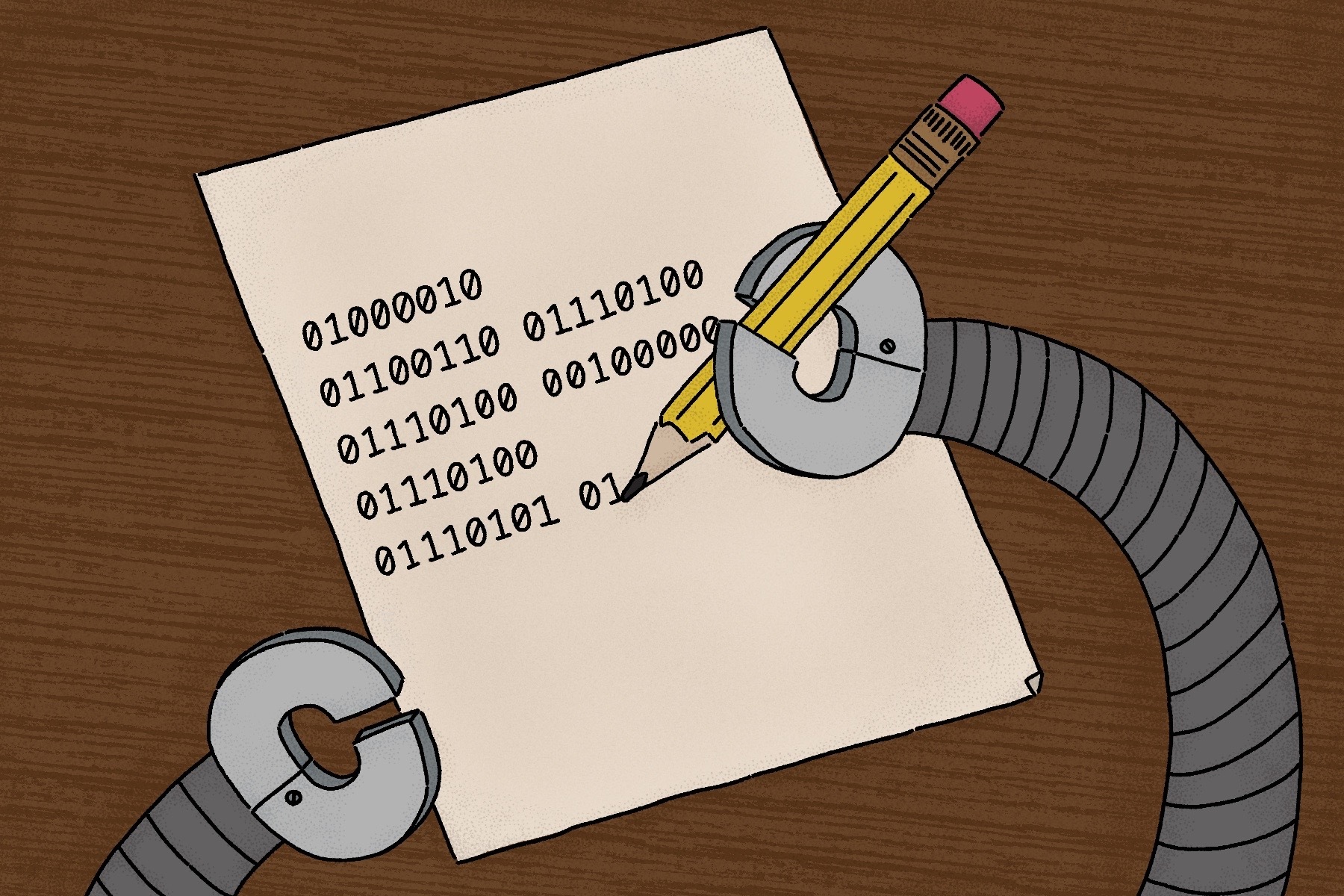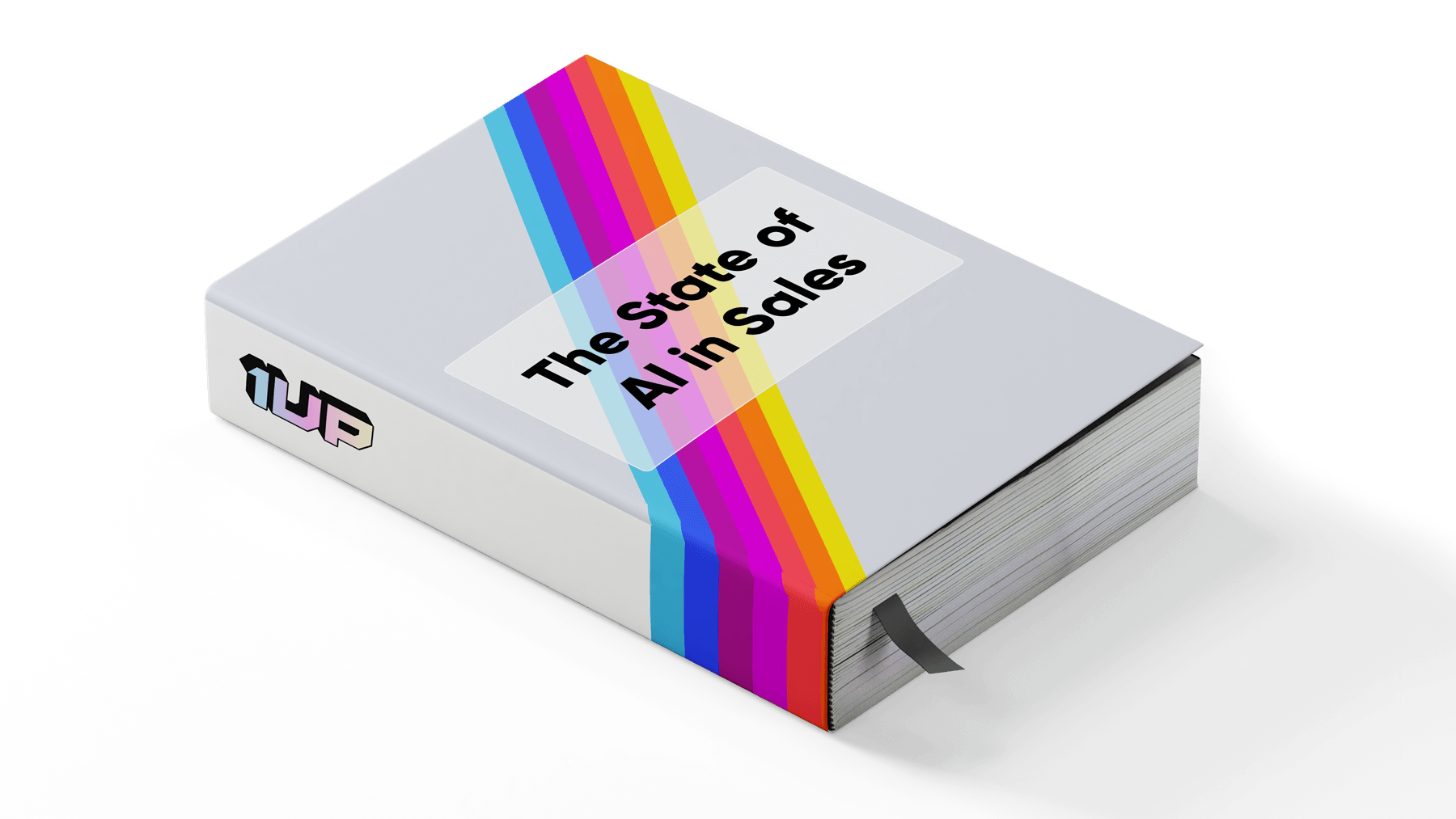Large Language Models (LLMs) have changed the way sales teams write proposals. Whether you’re filling out a questionnaire or responding to a tender, writing an RFP response is a difficult job that requires focus, attention to detail, and a high degree of patience.
It’s not surprising that businesses are excited about using AI to automate RFP responses and shorten the process from days to minutes.
But is this a good idea?
Your opinion might differ based on your role.
Some Bid Managers we spoke to feel that proposals should be handled by a human to maximize control and response quality. Folks on the Sales and Solutions side have told us that they’re eager to automate repetitive workflows… with RFP’s being at the top of that list. We asked Solutions Engineering Leader Sara Jones for her opinion on using AI for proposal management:
A mix of humans and software sounds like a good idea on paper. So what are the pros and cons of using this new tech?
How AI is being used for bid management today
Generating RFP Responses
This is the #1 use case we see among GTM teams.
Sales professionals see questionnaires as a major time sink. Any tool that allows them to write responses faster is considered to be a net positive. In the case of sales reps, the feedback we hear most often includes:
- Proposal automation allows reps to take on opportunities they would have otherwise declined due to a lack of resources.
- They consider proposals to be a distraction and would rather be doing something else.
- Solutions teams are biased towards workflow automation so tooling is actively sought out.
Automating Compliance Questionnaires
The security and compliance questionnaire has become a staple of sales processes over the past decade.
Our recent LinkedIn poll found that sales teams receive compliance questionnaires more than 53% of the time.

That means every other deal is accompanied by a long list of questions that most likely require a teammate’s help to resolve. This is where automation really shines because getting an extra person out of the workflow loop creates measurable ROI.
Writing Free Form Proposals
This is where use cases get less obvious. Free-form proposals are much more art than science. These are common in Public Sector bids, where you might be asked to “Write 3 pages explaining why you meet these project requirements.”
Free-form bids look less like structured questionnaires and more like prompts for a human.
Prompts… for a human?
It sounds like free-form bids are an interesting use case for AI. Instead of asking a human to write boilerplates, an AI dedicated to writing proposals would look something like this:

We expect to see this use case grow in popularity as users become more trusting of Large Language Models, in particular, those geared towards knowledge management.
As far as using LLMs to automate proposals, here’s what we’re hearing from sales reps, solutions teams, bid managers, and RFP specialists in the field:
| Pros | Cons |
|---|---|
| Far less manual effort | Risk of inaccurate responses and hallucination |
| Faster response speeds | Giving up some level of control |
| Fewer people involved in the proposal process | Perceived reduction in headcount |
| A streamlined workflow from drafting to submission | Adjusting workflows to a new process |
| Overall reduced stress in last-minute work | Additional software to administer |
The risks of using AI for writing proposals
Overall, AI automation is being perceived as a net positive.
The hesitant feedback we’ve heard depends on your use case and the maturity of your bid management process.
Risk of inaccurate responses and hallucination
By now you’re probably aware that LLM-based systems can lie. When they do, they don’t even know that they’re being dishonest. This has made some users rightfully hesitant to use AI tools for responding to complex bids.

The good news is that there are systems dedicated to solving this problem. For example, adding honesty guardrails to generative AI for RFPs can prevent inaccurate responses by limiting knowledge to specific sources you trust. Adding humans into the mix can also help correct responses to improve the system in real time.
Giving up some level of control
We hear that this is a matter of preference. Some users want full control over the content and process when it comes to writing proposals.
There’s no sense in arguing with a personal opinion. You’re either comfortable with a robot helping you or you are not. It’s like a self-driving car only without the risk of bodily harm (we hope).
What we do hear from users is that no matter what, having an automated tool that helps search, analyze, and generate answers to questionnaires is a net positive when it comes to creating that first draft.
Additional software to setup and maintain
Some folks feel a natural aversion to using more software even if it means making their job easier.
The reality is that teams are overwhelmed with SaaS and productivity tools. Organizations are becoming much more selective when it comes to choosing which apps they pay for.

In the case of proposals, bid management, and sales questionnaires, there’s almost no automation stack. This is likely why we’re seeing such a willingness to adopt new tooling.
Perceived reduction in headcount
This is the elephant in the room when it comes to Artificial Intelligence. The longstanding narrative is that automation == layoffs. It doesn’t help that most mentions of LLM’s are only a few lines away from how much work they’re going to “replace.”
No one wants to be replaced by a robot even if certain mundane tasks are inevitably going to be automated.
For example, the process of searching for information to use in a proposal response is considered a huge waste of time that should be handled by a tool. Offloading this work to software frees up the user so they can focus on their actual job.
The upsides of AI bid management
It takes far less manual effort
This is the most obvious benefit of any automation tool. In the bid management use case it’s even more pronounced because of how much manual effort each proposal requires.
Take for example, the effort needed to answer a single technical question on an RFP:
Before:
- Read + understand the question
- Search for the correct documentation
- Review sources
- Write the answers
- Proofread or have a teammate review
After:
- Upload proposal
- Approve or edit the automated answers
Eliminating the need to manually research and write answers is a huge leap forward in efficiency for bid managers.
Faster response speeds
Did you know a 100-question proposal can take multiple people up to 12 hours to complete? There are many ways to optimize your workflow for faster RFP responses and automation is at the very top of that list.
Now that doesn’t mean you’ll find out if you won the deal any sooner… but it’s still a big win for efficiency.

Fewer people involved in the proposal process
Searching, writing, proofreading, and reviewing proposals can all involve multiple stakeholders. Especially if you need help from subject matter experts (SMEs).
The need for multiple SMEs means you’re at the mercy of your teammates’ schedules. More moving parts means more time and effort.
With an AI proposal management system, you’re able to offload that effort to a tool that has access to all of your SME’s shared knowledge. A single knowledge will answer questions about products, processes, and internal policies without ever needing to loop in a human.
Sales teams often decline to respond to RFPs because they don’t have the capacity. With 1up’s automation we can take on as many opportunities as we want.
Shawn Veitz, Chief Revenue Officer @ Tellennium
Overall reduced stress and frequency of last-minute work
It’s Friday. You’re looking forward to the weekend.
You open your email and find that the sales team has dropped a 200-row questionnaire on you that needs to be submitted early next week.
Do you prefer to:
a. Cancel your weekend plans and fill this thing out.
b. Hand it off to a robot and review the output on Monday.
The answer is obvious. Some of the most common praise we hear from sales teams is that with automation, users no longer worry about the last minute “nightmare RFP.”
A streamlined workflow from drafting to submission
Bid management is different for everyone. One common theme we from users is that their manual workflow is too complicated.
There are too many moving parts in an RFP process. Without automation, it probably looks something like this:
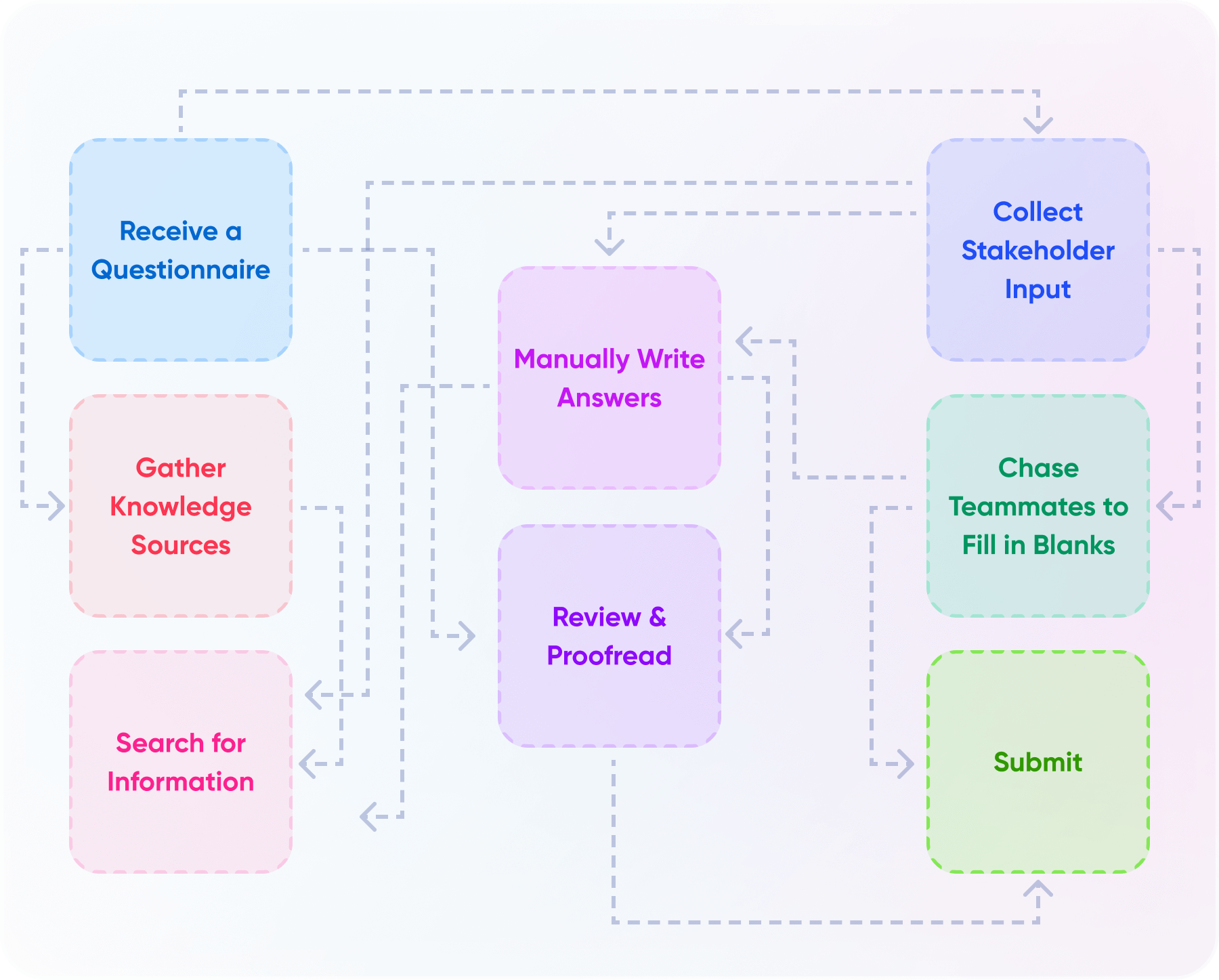
An automated proposal response workflow looks something like this:
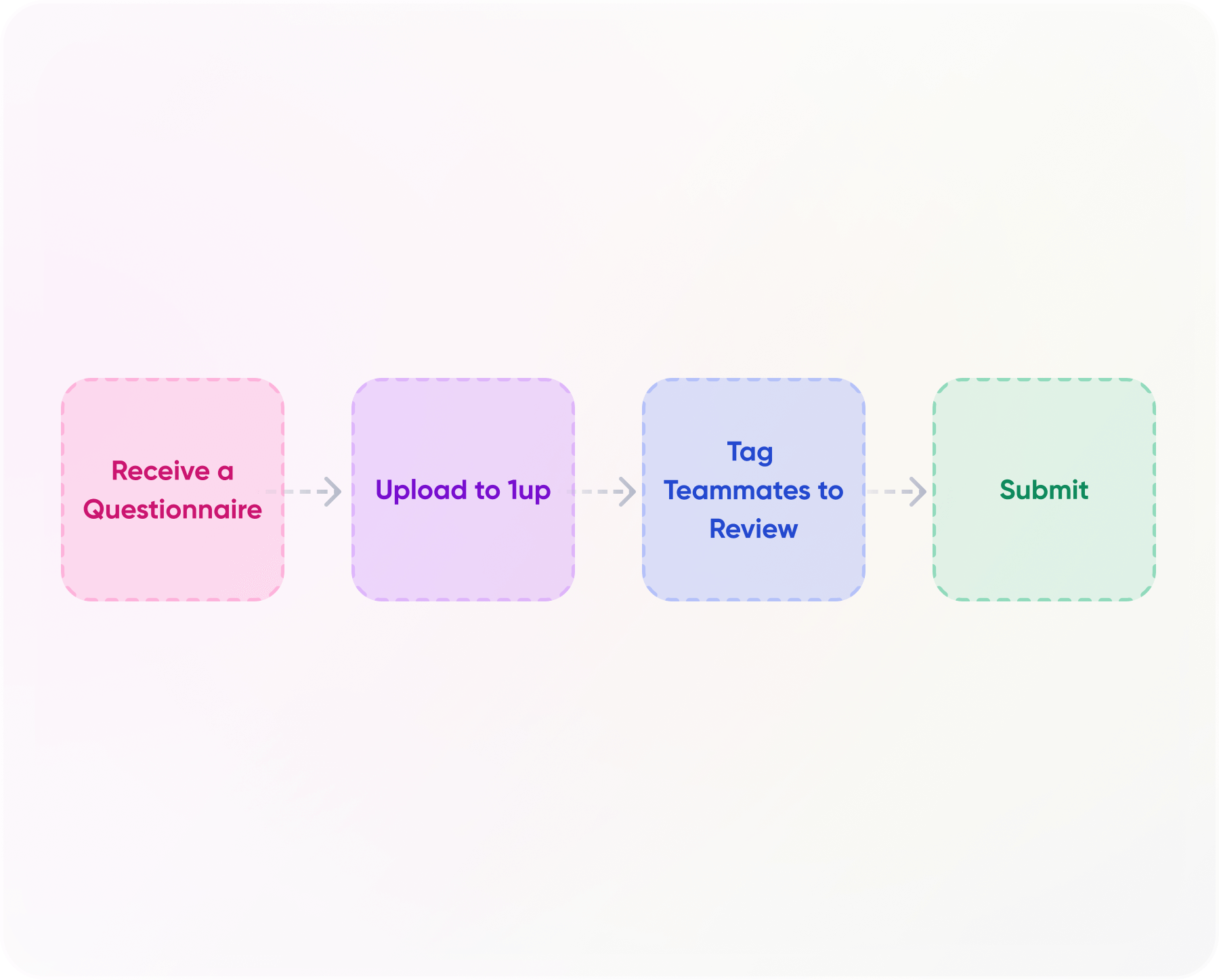
You’re going from point A to point B with predictable inputs and outputs. There are fewer moving parts, people, and processes involved.
Bid management automation tools are already being used to streamline workflows. And while there are valid concerns around using AI / automation tools for RFP responses, we’re hearing that the immediate benefits significantly outweigh the risks.
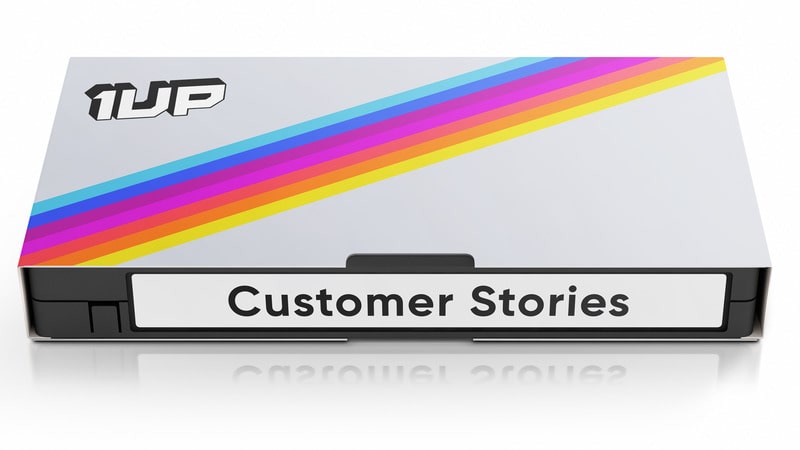

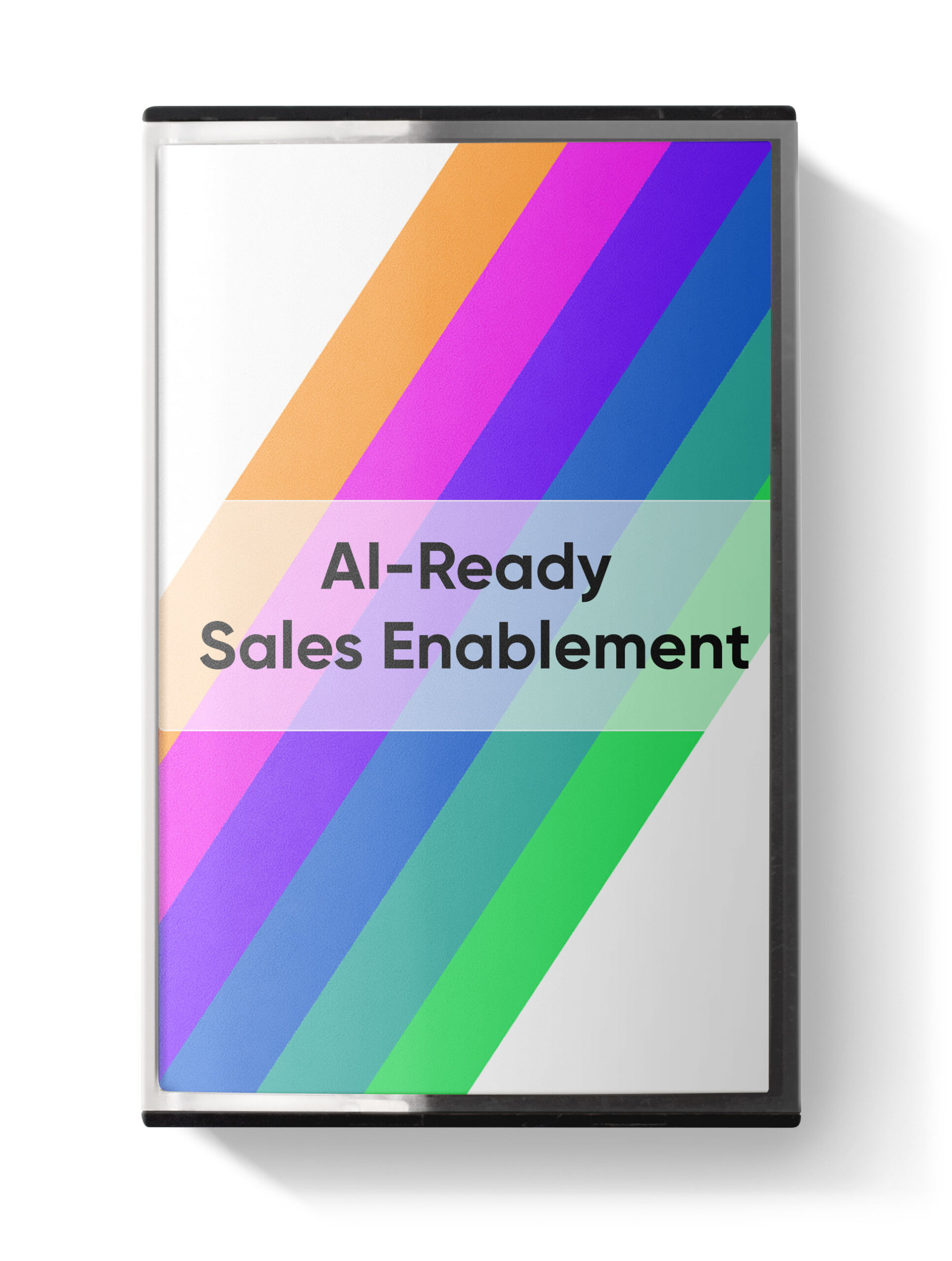
 Instagram
Instagram 


